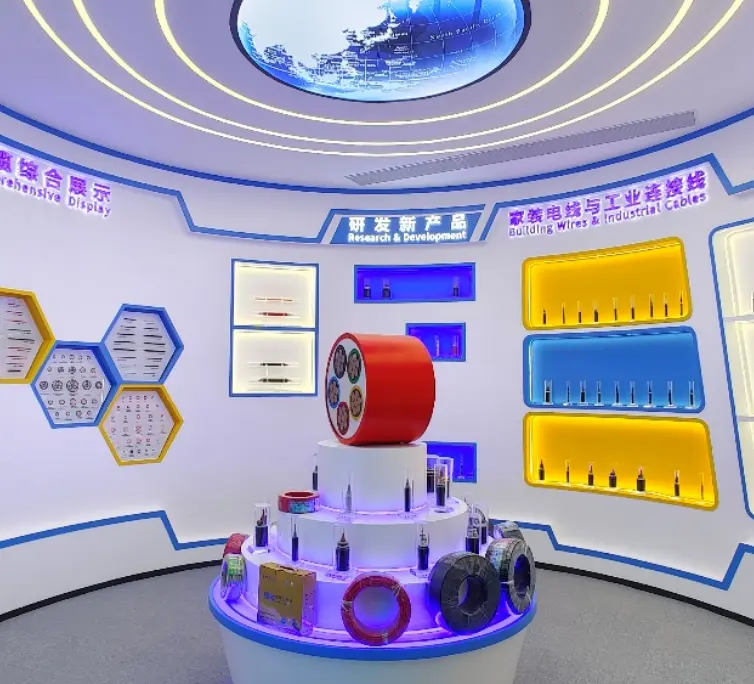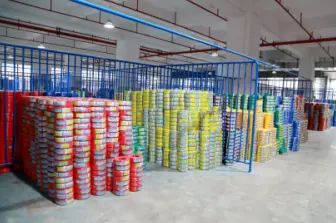Low-Smoke Zero Halogen Cable: Safety Guardian or Cost Burden?
With the continuous improvement in fire safety and environmental protection requirements in modern society, traditional cable materials have gradually exposed safety hazards and environmental pollution problems. In this context, low-smoke zero halogen cables have emerged, becoming an important choice in the fields of power transmission, communication engineering, and building wiring. This article will analyze their advantages and limitations from their core characteristics and explore their applicable scenarios.
The Core Advantages of Low-Smoke Zero Halogen Cables
The "Guardian of Life" in Fires: Outstanding Safety Performance
Low-Smoke Characteristics: Traditional PVC cables release a large amount of dense smoke when burned, causing a sharp decline in visibility, hindering escape and rescue efforts. In contrast, the smoke density of low-smoke zero halogen cables is only 1/10 that of ordinary cables, significantly enhancing the escape possibilities in fire scenarios.
Halogen-Free and Environmentally Friendly: These cables do not contain halogen elements like chlorine or bromine. As such, they do not produce toxic gases such as hydrogen chloride or dioxins when burned, preventing asphyxiation or poisoning through inhalation. For instance, the EU RoHS directive clearly restricts the use of halogens in electronic materials, making low-smoke zero halogen cables the compliant choice.
Green and Environmentally Friendly: Full-Cycle Sustainability from Production to Disposal
The materials used include polyolefins (such as polyethylene, EVA) and metal hydroxide flame retardants. These materials are free of halogens and heavy metals like lead and cadmium, complying with environmental standards such as RoHS. After disposal, they pose minimal harm to the environment.
High Temperature and Corrosion Resistance: Prolonged Service Life
The operating temperature range can reach -40℃ to 120℃, with some models even supporting short-term operation at 250℃, making them suitable for high-temperature environments such as steel mills and chemical plants. Typically, metal hydroxides (like magnesium hydroxide) are added as flame retardants, which inhibit combustion through endothermic decomposition when exposed to fire, without producing harmful gases.
Limitations of Low-Smoke Zero Halogen Cables
Cost Pressure: Dual Challenges of Technology and Materials
The production process is complex, requiring radiation crosslinking or chemical crosslinking techniques to enhance performance. The investment in equipment and energy consumption costs rise significantly, with prices usually 30%-50% higher than traditional PVC cables.
Compromise in Physical Performance
Poor Flexibility: Some models can become brittle at low temperatures, necessitating caution in bending them during installation. Compared to PVC, their resistance to oils or strong acidic and alkaline environments may be insufficient.
Application Scene Limitations
In extremely low-temperature environments (such as polar research stations at -60℃), brittleness issues may arise, requiring special modified materials. Some ultra-high-voltage transmission scenarios (like those above 500kV) still rely on traditional cross-linked polyethylene cables, as low-smoke zero halogen materials have not yet overcome insulation performance bottlenecks.
Although low-smoke zero halogen cables face challenges in balancing cost and performance, their value in life safety and environmental protection is irreplaceable. With safety and eco-friendliness as core advantages, low-smoke zero halogen cables are suitable for high-risk fire scenarios, but their cost and performance limitations must be weighed. When choosing, the specific environmental needs should be considered, and if necessary, consult professional manufacturers for customized designs.
Latest News & Blog
 English
English  français
français  Deutsch
Deutsch  العربية
العربية  tiếng việt
tiếng việt  ไทย
ไทย  čeština
čeština  Indonesia
Indonesia  Eesti
Eesti  български
български  slovenčina
slovenčina 



